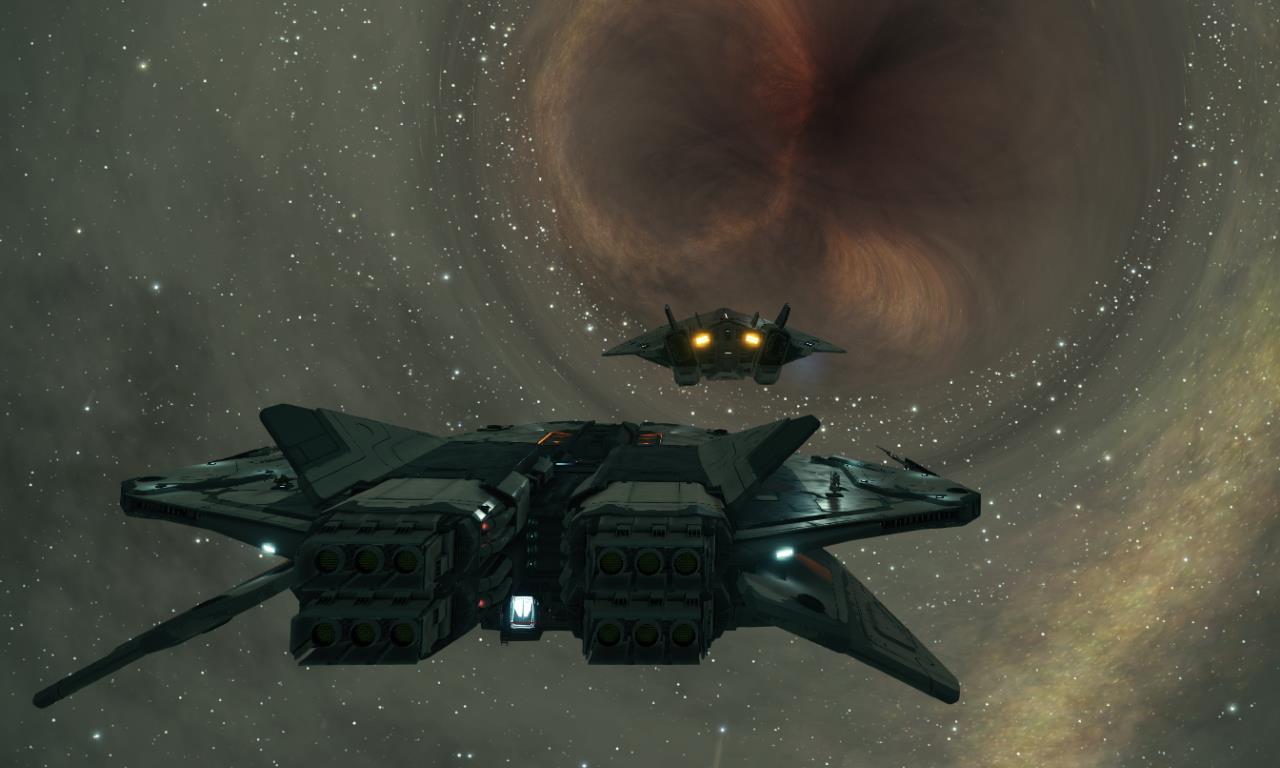So I'm watching this rather interesting video on Photon orbits around black holes (i.e. what does a Blackhole actually look like anyways)
So this brings me a question. Now that I've visited Sag A* and also visited smaller mass Black holes as well I am beginning to wonder what the "Body Exclusion Zone" is that I am hitting keeping me from proceeding any closer to the black hole?
Is this the outside stable orbit of the black hole? (i.e. 2.6 Schwartschield Radi?) Is this the same or similar to the yellow line exclusion zone around stars?
It really begs the question of how exclusion zones are calculated and if they are arbitrary or representative of some point where the math flips our FSD's off.
Curious to hear people's thoughts on the matter.

So this brings me a question. Now that I've visited Sag A* and also visited smaller mass Black holes as well I am beginning to wonder what the "Body Exclusion Zone" is that I am hitting keeping me from proceeding any closer to the black hole?
Is this the outside stable orbit of the black hole? (i.e. 2.6 Schwartschield Radi?) Is this the same or similar to the yellow line exclusion zone around stars?
It really begs the question of how exclusion zones are calculated and if they are arbitrary or representative of some point where the math flips our FSD's off.
Curious to hear people's thoughts on the matter.

